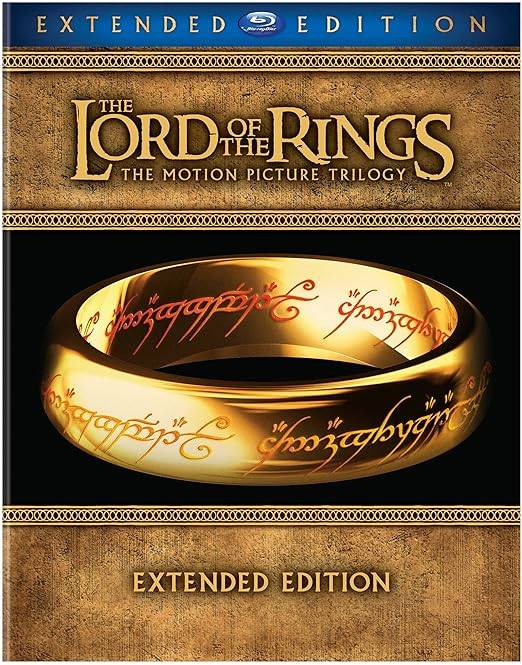Ubisoft has once again activated the Animus, this time transporting us to Japan's Sengoku Period with Assassin's Creed Shadows. The game introduces historical figures from 1579, including Fujibayashi Nagato, Akechi Mitsuhide, and Yasuke, the African samurai who served Oda Nobunaga. As with previous entries in the series, these characters are intricately woven into a narrative that blends fact with fiction, exploring themes of revenge, betrayal, and murder. While the game humorously suggests that Yasuke had to kill everyone to gather enough XP for a gold-tier weapon, it's a playful nod to the series' blend of history and gaming mechanics.
Assassin's Creed is renowned for its historical fiction, crafting stories that fill historical gaps with tales of a secret society aiming to control the world using the mystical powers of a pre-human civilization. Ubisoft's open-world environments are meticulously researched and rooted in history, yet it's crucial to recognize that these games are not history lessons. The developers often alter historical facts to enhance the narrative, creating a rich tapestry of historical inaccuracies that add to the game's allure.
Here are ten notable instances where Assassin's Creed has creatively rewritten history:
The Assassins vs Templars War

The central conflict between the Assassins and Templars is entirely fictional. Historically, there is no evidence that the Order of Assassins, founded in 1090 AD, and the Knights Templar, established in 1118, were ever at war. Both groups operated for about 200 years and were disbanded by 1312. The only historical event they shared was the Crusades, which only the first Assassin's Creed game accurately reflects. The notion of a centuries-long ideological battle between them is purely a creation of the game's narrative.
The Borgias and their Superpowered Pope

In Assassin's Creed 2 and Brotherhood, the Borgia family, particularly Cardinal Rodrigo Borgia, who becomes Pope Alexander VI, is portrayed as the Templar Grand Master. This narrative is fictional, as the Templars did not exist in the late 1400s. The game's depiction of the Borgias as villainous figures is a mix of historical accuracy and creative license. While the family's reputation was indeed tarnished by scandal, the portrayal of Cesare Borgia as an incestuous psychopath is based on rumor rather than fact.
Machiavelli, Enemy of the Borgias

Assassin's Creed 2 and Brotherhood depict Niccolò Machiavelli as Ezio's ally and leader of the Italian Assassin's Bureau. However, Machiavelli's real-life philosophies and actions suggest he would not have aligned with the Assassins. He viewed Rodrigo Borgia as a successful con man and served as a diplomat in Cesare Borgia's court, considering him a model ruler. The game's portrayal of Machiavelli's relationship with the Borgias is a significant deviation from historical reality.
The Incredible Leonardo da Vinci and his Flying Machine

Assassin's Creed 2 showcases a strong depiction of Leonardo da Vinci's personality, but his movements in the game do not align with his historical travels. In reality, da Vinci moved from Florence to Milan in 1482, not Venice as the game suggests. While the game brings to life many of da Vinci's innovative designs, such as a machine gun and a tank, there is no evidence these were ever built. The most fantastical element is the flying machine used by Ezio, which, despite being inspired by da Vinci's designs, never took to the skies in reality.
The Bloody Boston Tea Party

The Boston Tea Party, a pivotal event in the American Revolution, was a non-violent protest. In Assassin's Creed 3, however, the event is dramatically altered with protagonist Connor engaging in a violent confrontation with British guards. The game also suggests that Samuel Adams orchestrated the protest, a claim that historians debate. Ubisoft's portrayal transforms a peaceful demonstration into a violent conflict, showcasing the game's creative liberties with history.
The Lone Mohawk

Assassin's Creed 3's protagonist, Connor, a Mohawk, aligns with the Patriots against the British, contrary to historical alliances where the Mohawk people supported the British. This scenario was debated by historians at the game's release, as it would have made Connor a traitor among his people. While there were rare instances of Mohawks fighting against the British, such as Louis Cook, Connor's story represents a "what if" scenario that Assassin's Creed often explores.
The Templar Revolution

Assassin's Creed Unity's depiction of the French Revolution suggests a Templar conspiracy behind the event, which is a significant departure from historical causes such as famine and economic hardship. The game simplifies the complex nature of the revolution, attributing it to a single group's machinations rather than the culmination of multiple societal issues.
The Controversial Killing of King Louis 16

In Assassin's Creed Unity, the execution of King Louis 16 is portrayed as a close vote swayed by a Templar conspirator. Historically, the vote was a clear majority in favor of execution. The game also downplays the widespread anger against the French aristocracy, focusing instead on a narrative that softens their image and neglects the true causes of the revolution.
Jack the Assassin

Assassin's Creed Syndicate reimagines Jack the Ripper as a rogue Assassin attempting to take over the London Brotherhood. This narrative twist is a classic example of the series' approach to history, using the mystery surrounding Jack the Ripper's identity to craft a compelling story within the game's universe.
The Assassination of the Tyrant Julius Caesar

Assassin's Creed Origins reinterprets the assassination of Julius Caesar, portraying him as a proto-Templar whose death prevents global terror. Historically, Caesar was a popular leader who implemented reforms for the poor and retired soldiers. The game's depiction of his assassination as a victory against tyranny is a stark contrast to the historical reality, which led to the collapse of the Roman Republic and the rise of the Roman Empire.
The Assassin's Creed series meticulously crafts its worlds with authentic historical elements, yet these are often far from accurate. This is the beauty of historical fiction—it allows for creative storytelling within a historical framework. What are your favorite examples of Assassin's Creed bending the truth? Share your thoughts in the comments below.









